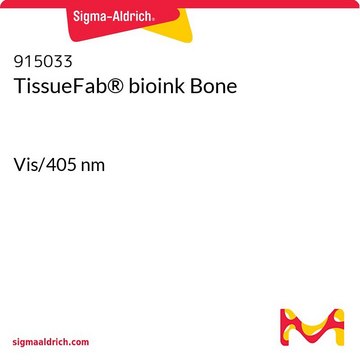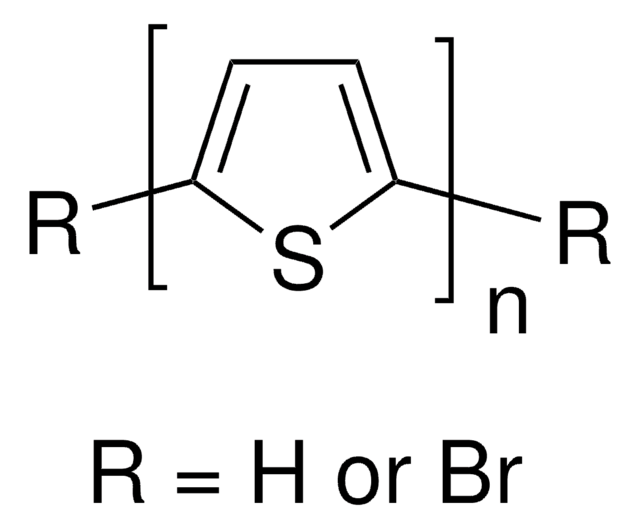915637
TissueFab® bioink Bone
support gel
Synonym(e):
3D Bioprinting, 3D printing, Bioink, TissueFab
Anmeldenzur Ansicht organisationsspezifischer und vertraglich vereinbarter Preise
Alle Fotos(1)
About This Item
UNSPSC-Code:
12352201
NACRES:
NA.23
Empfohlene Produkte
Beschreibung
suitable for 3D bioprinting applications
Qualitätsniveau
Form
powder
Farbe
white
Anwendung(en)
3D bioprinting
Suchen Sie nach ähnlichen Produkten? Aufrufen Leitfaden zum Produktvergleich
Verwandte Kategorien
Anwendung
TissueFab® - Bone support bioink is suitable for printing bone scaffold or using as a supporting bioink for bone specific hydrogel/matrix bioink. It is formulated with optimal ratio of PCL and HAp, which shows excellent printability and osteogenic bioactivity. Polycaprolactone (PCL) is a synthetic biodegradable polymer that has been widely used as 3D printed bone scaffold material. Hydroxyapatite (HAp) has a chemical similarity with the mineralized phase of bone which accounts for their excellent biocompatibility and osteoinductive and osteoconductive properties favorable for bone regeneration.
Verpackung
5g in glass bottle
Rechtliche Hinweise
TISSUEFAB is a registered trademark of Merck KGaA, Darmstadt, Germany
Lagerklassenschlüssel
11 - Combustible Solids
WGK
WGK 3
Hier finden Sie alle aktuellen Versionen:
Analysenzertifikate (COA)
Lot/Batch Number
Leider sind derzeit keine COAs für dieses Produkt online verfügbar.
Wenn Sie Hilfe benötigen, wenden Sie sich bitte an Kundensupport
Besitzen Sie dieses Produkt bereits?
In der Dokumentenbibliothek finden Sie die Dokumentation zu den Produkten, die Sie kürzlich erworben haben.
Liang Dong et al.
Scientific reports, 7(1), 13412-13412 (2017-10-19)
Synthetic polymeric scaffolds are commonly used in bone tissue engineering (BTE) due to their biocompatibility and adequate mechanical properties. However, their hydrophobicity and the lack of specific cell recognition sites confined their practical application. In this study, to improve the
Boontharika Chuenjitkuntaworn et al.
Journal of biomedical materials research. Part A, 94(1), 241-251 (2010-02-19)
Polycaprolactone (PCL) is a synthetic biodegradable polymer that has been approved for use as bone graft substitutes. In this study, PCL scaffolds incorporating hydroxyapatite (HAp) particles were fabricated by combined solvent casting and particulate leaching techniques. The average pore dimension
Mitchell A Kuss et al.
RSC advances, 7(47), 29312-29320 (2017-07-04)
Reconstruction of complex, craniofacial bone defects often requires autogenous vascularized bone grafts, and still remains a challenge today. In order to address this issue, we isolated the stromal vascular fraction (SVF) from adipose tissues and maintained the phenotypes and the
Unser Team von Wissenschaftlern verfügt über Erfahrung in allen Forschungsbereichen einschließlich Life Science, Materialwissenschaften, chemischer Synthese, Chromatographie, Analytik und vielen mehr..
Setzen Sie sich mit dem technischen Dienst in Verbindung.







